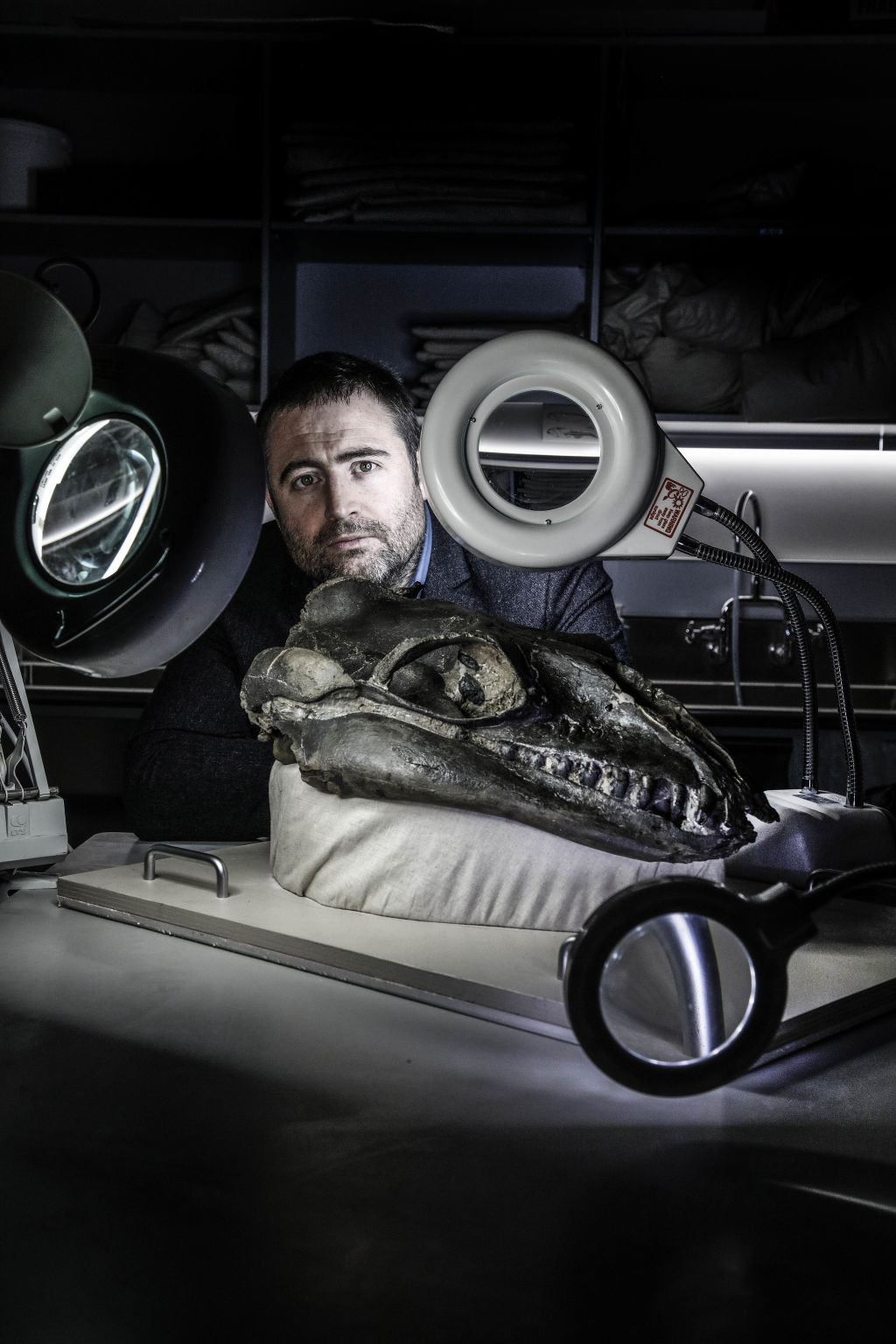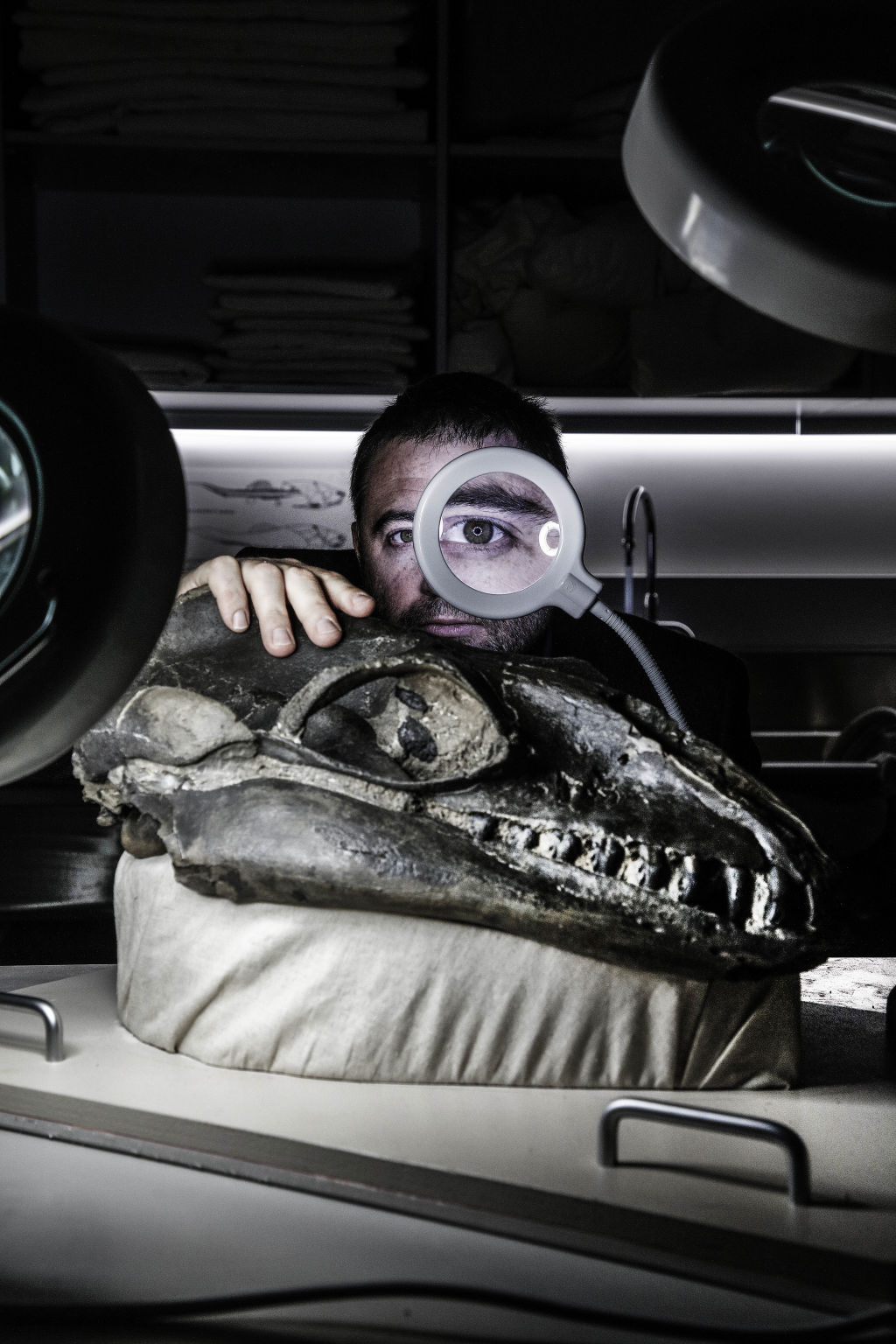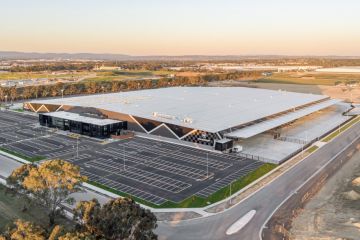First Person: meet Museums Victoria palaeontologist Dr Erich Fitzgerald

An old family friend told me that they have a memory of me at the age of about four or five saying, “When I grow up, I’m going to be a palaeontologist. Do you know what that is?”. I’ve had a one-tracked mind ever since.
When I finished secondary school, I wasn’t that interested initially in pursuing a science degree. So, looking at what had the most flexibility, I enrolled in an arts degree, but I ended up studying about 75 per cent science subjects.
Those subjects really rekindled my childhood passion for fossils and evolution, so at the end of the year I switched to science and studied every subject I thought would lead to me having a good tilt at becoming a palaeontologist. It’s a notoriously difficult field to get into because it’s so competitive and there’s so few jobs.

When I was at university, I started volunteering at Museums Victoria. I’d unpack the fossils that were sitting in rows and rows of cabinets in an underground vault. It was like being in an Aladdin’s Cave for me. I went to the US to do an 18-month postdoctoral at the Smithsonian Institution. I came back to Melbourne to do another temporary fellowship at Museums Victoria and from there was lucky enough to come on staff.
Unfortunately, it’s not every day that we get to head out into the wild somewhere to do field work, digging up millions-of-years-old bones and teeth. A lot of it is answering emails, writing reports and checking student manuscripts.
On average, three to six weeks of the year is spent out in the field. However, right now we’ve got a major project around the exploration and discovery of a top-secret fossil site right here in metropolitan Melbourne. It’s literally in the suburbs.
I can’t reveal where it is, but I can give you a hint of what’s there. It’s a huge site where we’re finding the 5 million-year old fossils of gigantic sharks the size of a train carriage, ancient whales, sea birds that have fangs growing out of their beaks and wingspans as wide as a Toyota LandCruiser. We’re in the early stages, but it promises to be one of the most important urban fossil sites ever to be discovered in the world.
We recommend
We thought you might like
States
Capital Cities
Capital Cities - Rentals
Popular Areas
Allhomes
More







